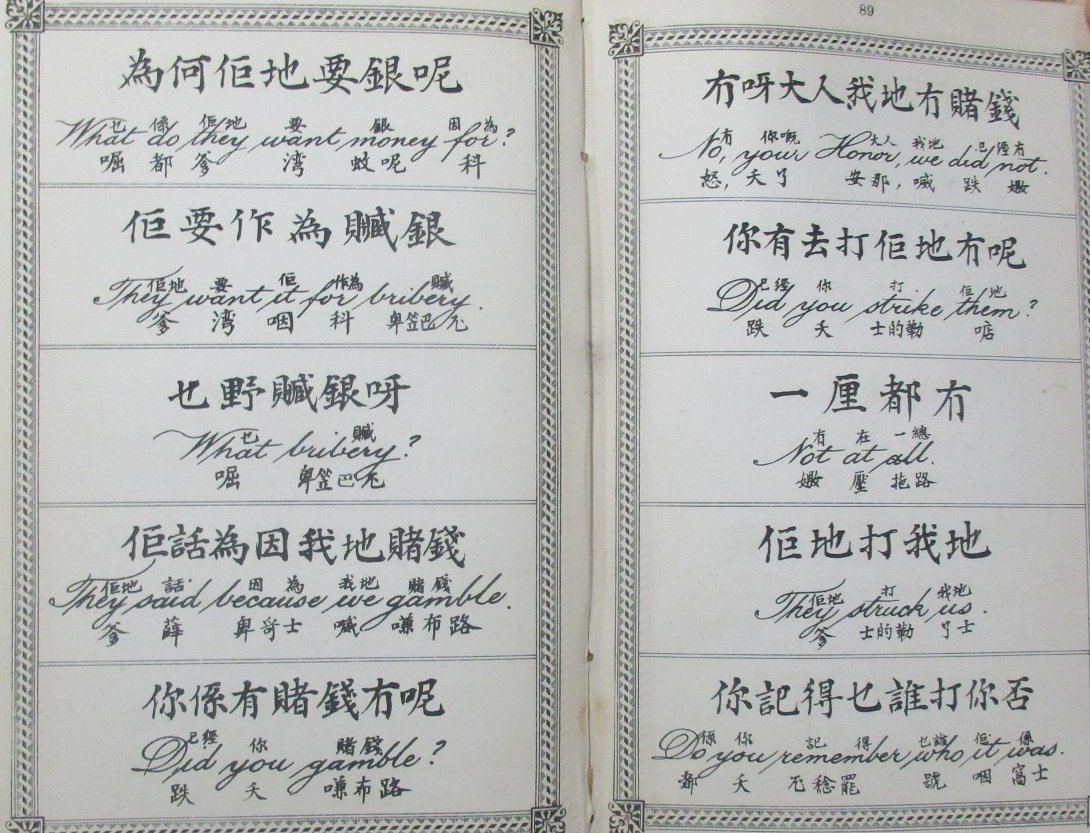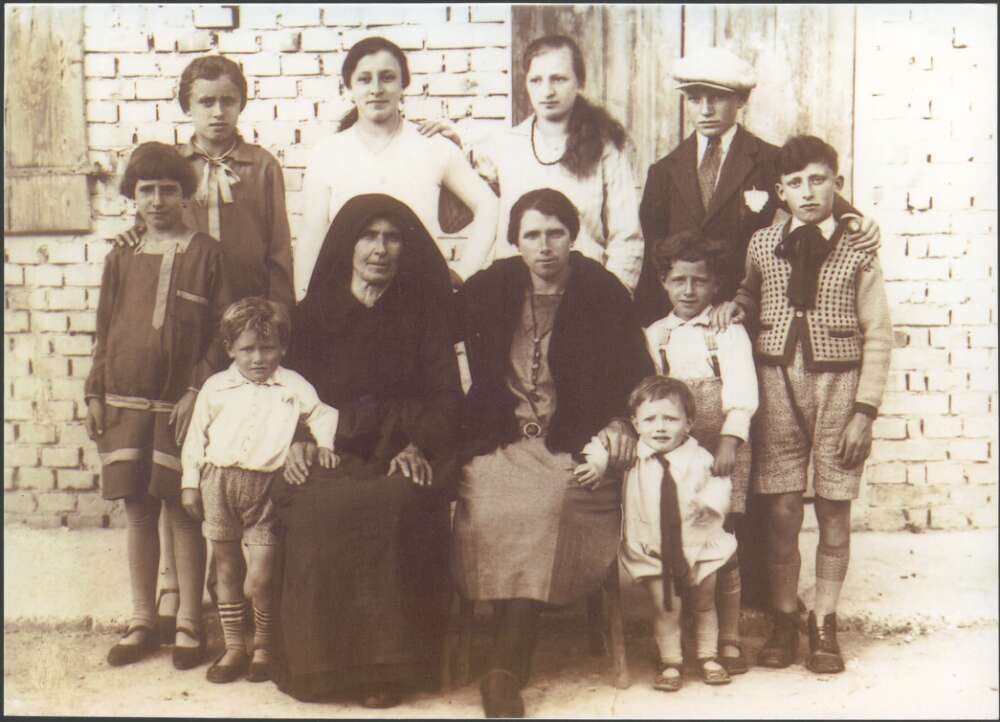Family history is more than deaths, dates and departures. We’re interested in interpreting what these events mean, and connecting the dots to discover the unique stories that explain our place in the world. The basic facts are the foundations of any well-crafted family history, but there is so much more to the story. Family histories change with each retelling; each version can tell us something about the past and the present. They are a bridge between public and private, official and personal, and situate our unique stories in a broader narrative.
For researchers exploring their family’s narrative, the National Library has the resources to help you flesh out your family history, put it in context and bring it to life. Find out how our collections can drive your research.
Historical newspapers
Today’s readers may be shocked by how much information is listed in historical newspapers. They are one of our most highly valued sources. Unfortunately, articles won’t exist for every facet of your ancestors' lives – no doubt the family historians of tomorrow will be thrilled by the details included in our archived social media. If you want to know about how your ancestors lived, local and community newspapers are a crucial resource for exploring their world. They are ideal for learning what was in the area, what events were held and the day-to-day scenes. These details let the family historian step back in time and into the worlds of their predecessors’ communities. For instance, anybody researching Italian Australian families will find the digitised Italian Australian newspapers on Trove give a different perspective on the treatment of immigrants than the major dailies from the period.

Printed collections
You can follow your family and their stories beyond newspapers into the print collection. From school magazines and company publications to guides for migrants, there are countless possibilities to explore the life and times of your forebears. Sometimes the most striking images emerge from unexpected places. Consider the implications of the lessons in Sun Junchen’s English Language primer, The Self Educator. Written to prepare for day-to-day life in Australia, such examples give us glimpses of society at the time and provide the backdrop for family histories today. We can’t attempt to retell the history of a family without addressing the historical environment they lived in. Evidence like this may not give you definite answers, but it can help to inform your interpretation of other events.

Manuscripts for family history
The manuscript collection is likewise a rich source for researching and contextualising your family’s narrative. Church and mission records are resources that often provide snapshots of a community’s history. Diaries and journals are intimate accounts that describe the external world but can also focus on the personal, human experiences of the writer. Collections from groups such as the Records of the Australian Lebanese Historical Society can tell stories about what it was like for immigrants to arrive in Australia and the difficulties they faced. Such accounts tell a story impossible to piece together through official certificates and are essential for any family historian seeking to understand what their family lived through.
Pictures collection
In some cases, we don’t have to rely on the written word to see the past. The pictures collection can provide an account worth a million words. For example, relatively little textual material survived from Hill End’s boom period. But you can easily imagine the life of my poorly documented ancestor who ran off to the goldfields through an incredible album from the Holtermann archives. You can see the town mines, slab huts, gardens and even portraits of a community my predecessor belonged to.

Other collections tell different stories, from life at Lake Tyers Mission or the Australian Inland Mission, camel treks through the outback to ships bringing in passengers hoping for a better life. Images like these are another valuable way of anchoring your family’s history to its context, seeing their world, and putting their story back in the picture.

Oral histories
Oral histories are another wonderful resource for family historians. They are a powerful medium for conveying detail and emotion not available in text, and the setting encourages conversation and storytelling. If you’re lucky, you may have an ancestor who has been recorded in one of our sessions. If not, the breadth of the oral history collection has much to bring to the background of your family history. Listen to stories from drovers, from those who lived through the depression, institutional care, migrant camps, community groups such as Polish Australians or practically the whole town of Galong. The range of experiences found in these recordings can throw light on how your family may have experienced the same events, trials and tribulations, and bring a human element to your family history.

These examples are only a tiny fraction of what the Library holds in the collection. For any family historian, the Library has a wealth of material to help you tell your family’s story. An article can finally put a family myth to rest or open up a new avenue for research, an image can bring their world into focus, and even an oral history can let you understand their life and times. The Library’s resources will help you to construct a narrative that connects events, makes sense of records and turns them into your family history.
Continue your family history journey
- Family history research guide
- Births deaths and marriages research guide
- Newspapers for family history webinar
August is Family History Month. The Library has a vast collection of resources to help you start your family history journey. Over the course of the month, we’ll be sharing learning resources and interesting stories from our Library and Trove communities. Tune in here or join the conversation on Facebook and Twitter.